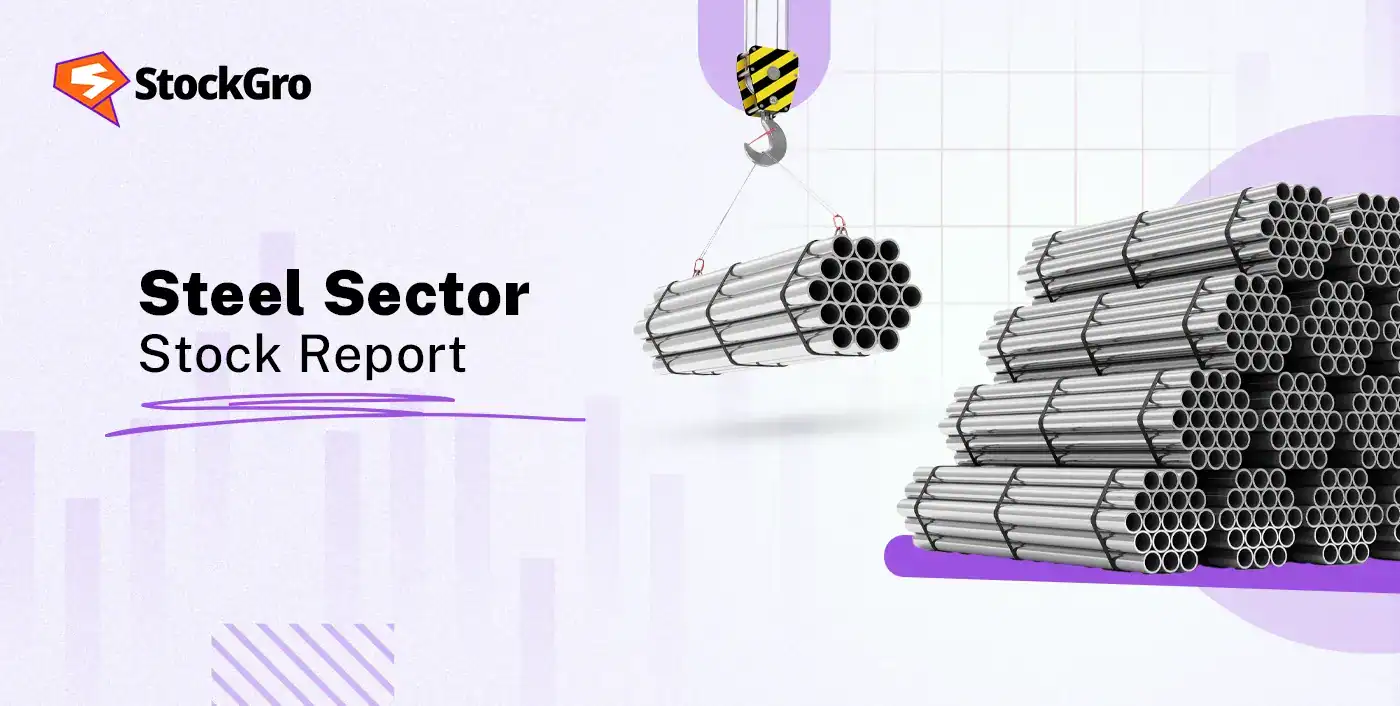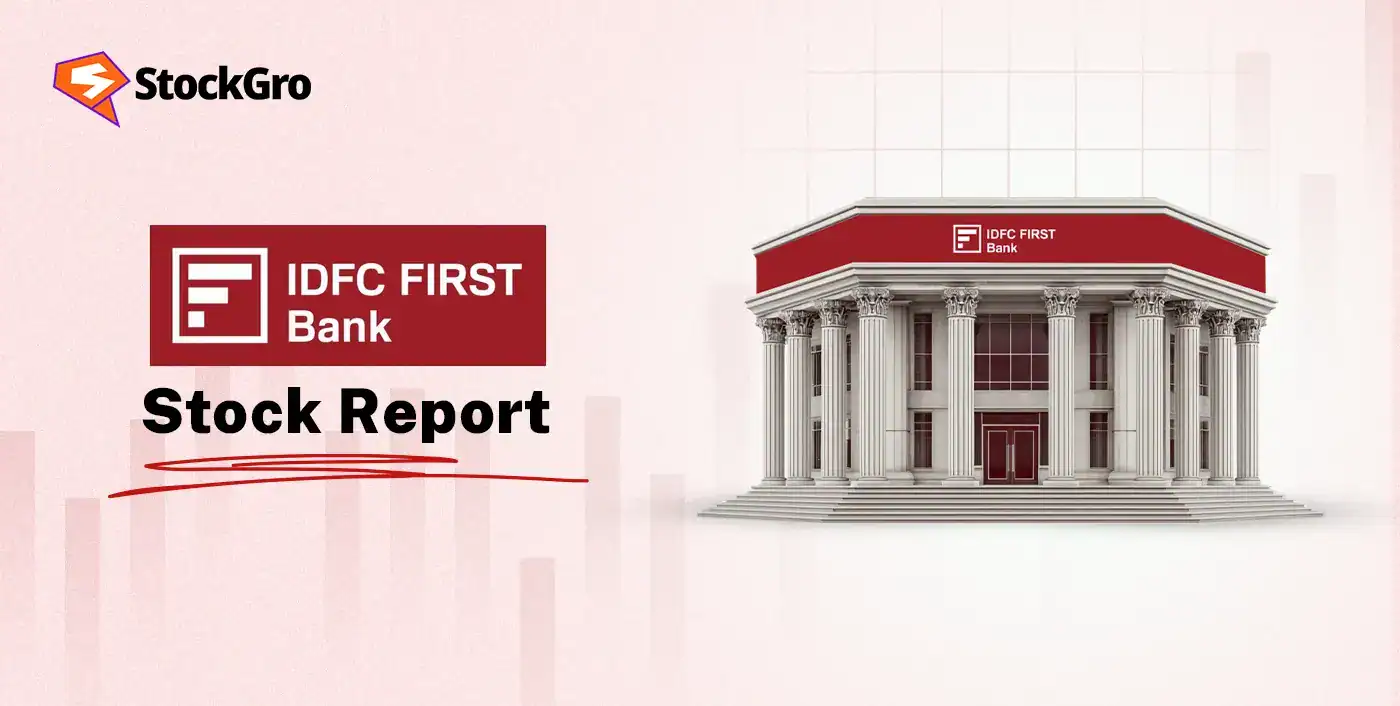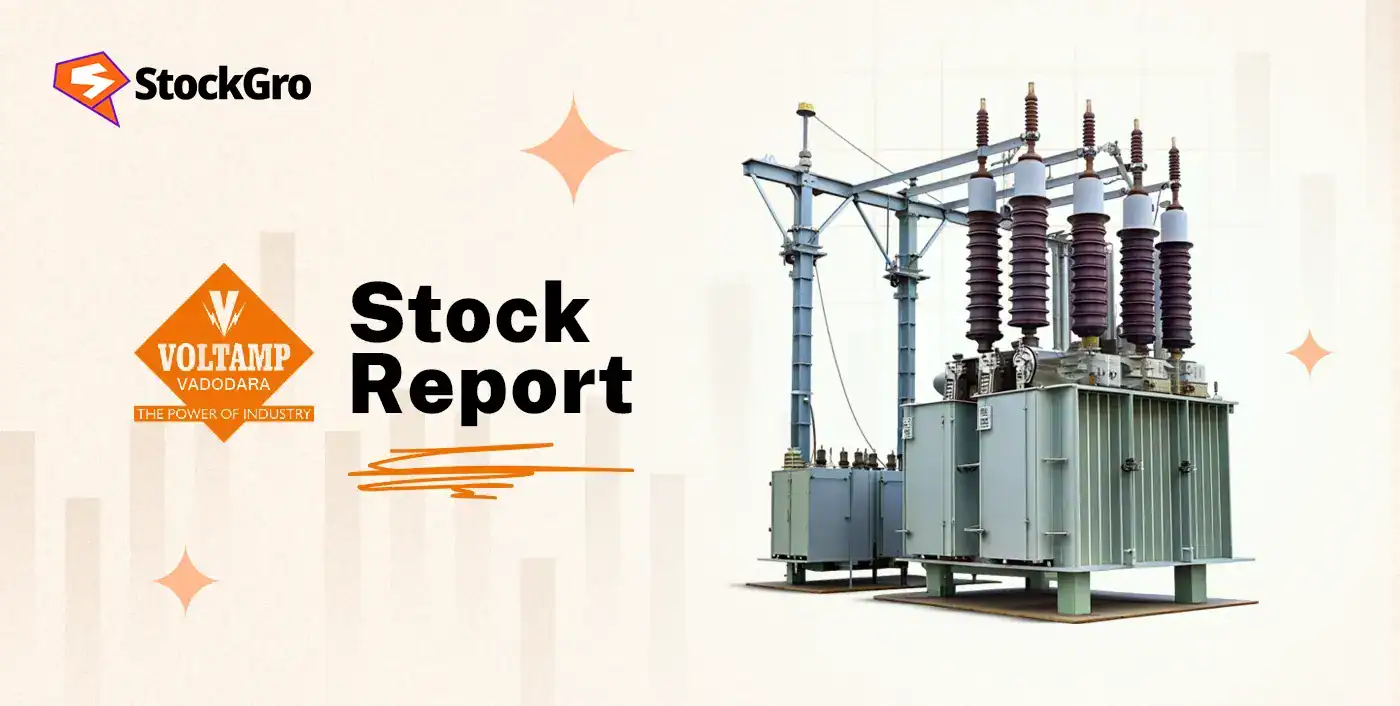
Introduction
Steel builds cities, cars and factories — so when steel is healthy, the economy usually is too. After years of capacity growth and policy shifts, India’s steel sector sits at an inflection point: big opportunity, but also real risks.
Sector Overview
Steel is one of the most critical industries for India. It is the backbone of infrastructure, housing, automobiles, engineering, and manufacturing. India is the second largest steel producer in the world, with ambitions to reach 300 MT capacity by 2030. The government treats steel as a “core sector,” meaning its health is closely tied to overall economic growth.
The Indian steel industry is broadly divided into integrated producers (who own mines, make crude steel and finished products) and secondary producers (who use scrap or buy semi-finished steel and convert it into bars, pipes, or coils).
The demand outlook is strong because of:
- Massive infrastructure projects – highways, railways, metros, renewable energy.
- Urban housing growth – affordable housing and smart cities.
- Auto sector recovery – especially EVs that use high-strength, lighter steels.
- Industrial investments – capital goods, defence, and manufacturing.
Key Growth Drivers
Steel demand in India is highly linked to the economy. For every ₹1 spent on infrastructure, there is a direct positive impact on steel consumption.
- Construction & Real Estate: Over 60% of domestic steel demand comes from construction. Urbanisation, housing schemes, and commercial real estate ensure a steady pipeline.
- Automobiles: Passenger cars, EVs, and commercial vehicles all consume flat steel products. Growth in auto sales is directly beneficial.
- Engineering & Capital Goods: From power plants to railways, almost every large industrial project needs steel.
- Exports: With global buyers diversifying away from China, Indian steel exports are gaining traction, though they depend on global price cycles.
Overall, steel demand in India is expected to grow at 6–7% CAGR over the next few years, higher than global growth rates.
Cost Structure, Profitability and Pricing
The steel business is extremely sensitive to raw material costs. The two critical inputs are iron ore and coking coal:
- Iron Ore: India has abundant reserves, and many big players have captive mines, which protect them from price swings.
- Coking Coal: India imports nearly 85% of its coking coal, making the sector vulnerable to global price spikes and currency movements.
Margins (EBITDA/tonne) depend on the “spread” between steel prices and raw material costs. When ore and coal prices rise sharply, profitability shrinks unless steel prices also move up. Companies with value-added products (like coated, galvanised or specialty steels) enjoy more stable margins.
The government occasionally imposes export duties or reduces import tariffs to stabilise domestic steel prices. Recently, tariff measures have been in the news, showing how policy continues to directly impact the sector’s earnings outlook.
- Key inputs: resins, solvents, pigments, additives, titanium dioxide, extenders, and packaging. Many are crude- or petrochemical-linked.
- Main cost levers: crude oil price, TiO₂ price, freight, and forex (imports).
- Margin impact: companies that can pass price moves to customers quickly or source locally manage margins better. Long contracts/price clauses help.
Key Industry Trends and Opportunities
- Value-Added Products: Companies are shifting towards coated and specialised steels that offer better margins and steady demand.
- Green Steel Transition: Globally, steel is under pressure to reduce emissions. Indian players are investing in Electric Arc Furnaces (EAFs), hydrogen-based Direct Reduced Iron (DRI), and renewable energy usage. Early adopters could benefit from a “green premium.”
- Consolidation: Larger firms are acquiring stressed or smaller players. This creates stronger, more competitive giants with better economies of scale.
- Export Focus: As Western economies look for alternatives to Chinese steel, India has a chance to expand its export share if it maintains quality and cost competitiveness.
- Government Push: The National Steel Policy supports capacity expansion, R&D, and domestic demand creation.
Key Challenges
While the growth story is strong, risks are real and can impact profitability:
- Raw Material Volatility: A sudden spike in coking coal imports or global ore prices can erode margins quickly.
- Cyclicality: Steel demand is closely tied to construction and auto cycles. Any slowdown in these sectors impacts volumes.
- High Capital Intensity: Steel plants require billions in investment, and delays in capacity utilisation can strain balance sheets.
- Policy & Trade Risks: Export duties, anti-dumping tariffs, or sudden import relaxations can alter the playing field.
- Global Slowdowns: If global demand falls, excess supply flows into India, pressuring prices.
- Decarbonisation Pressure: Green steel requires heavy investments. Companies that don’t adapt could face penalties, higher costs, or loss of customers in export markets.
Valuation and Stock Market Trends
| Company | CMP(in ₹) | P/E | RoCE | 1Y Returns |
| JSW Steel | 1,101 | 53x | 8% | 13% |
| Tata Steel | 169 | 44x | 9% | 10% |
| Jindal Steel | 1,046 | 28x | 11% | 0% |
| Jindal Stainless | 750 | 24x | 18% | -1% |
| SAIL | 132 | 18x | 7% | 0% |
Recommendation:
In the short term (6–12 months), Indian steel should benefit from government spending on infrastructure and stable housing demand. Margins will depend largely on global coking coal prices and Chinese supply trends.
In the long term (3–5 years), India is set for steady steel demand growth thanks to structural urbanisation, infrastructure pipelines, and industrial capex. Companies with captive ore, strong balance sheets, and investments in green/value-added steel will emerge as winners.If you found this helpful and want regular stock trade calls, check out my StockGro profile here: https://stockgro.onelink.me/vNON/6m6ykj0dConclusion
The Steels sector combines steady consumer demand with cyclical industrial exposure. Long-term growth is supported by urbanisation, premiumisation, and infrastructure, while short-term performance depends on raw-material prices, seasonality, and competition. For long-term investors, high-quality companies with strong brands, wide distribution, product innovation, and working-capital discipline are attractive. For traders, seasonality and commodity news create tactical opportunities.

